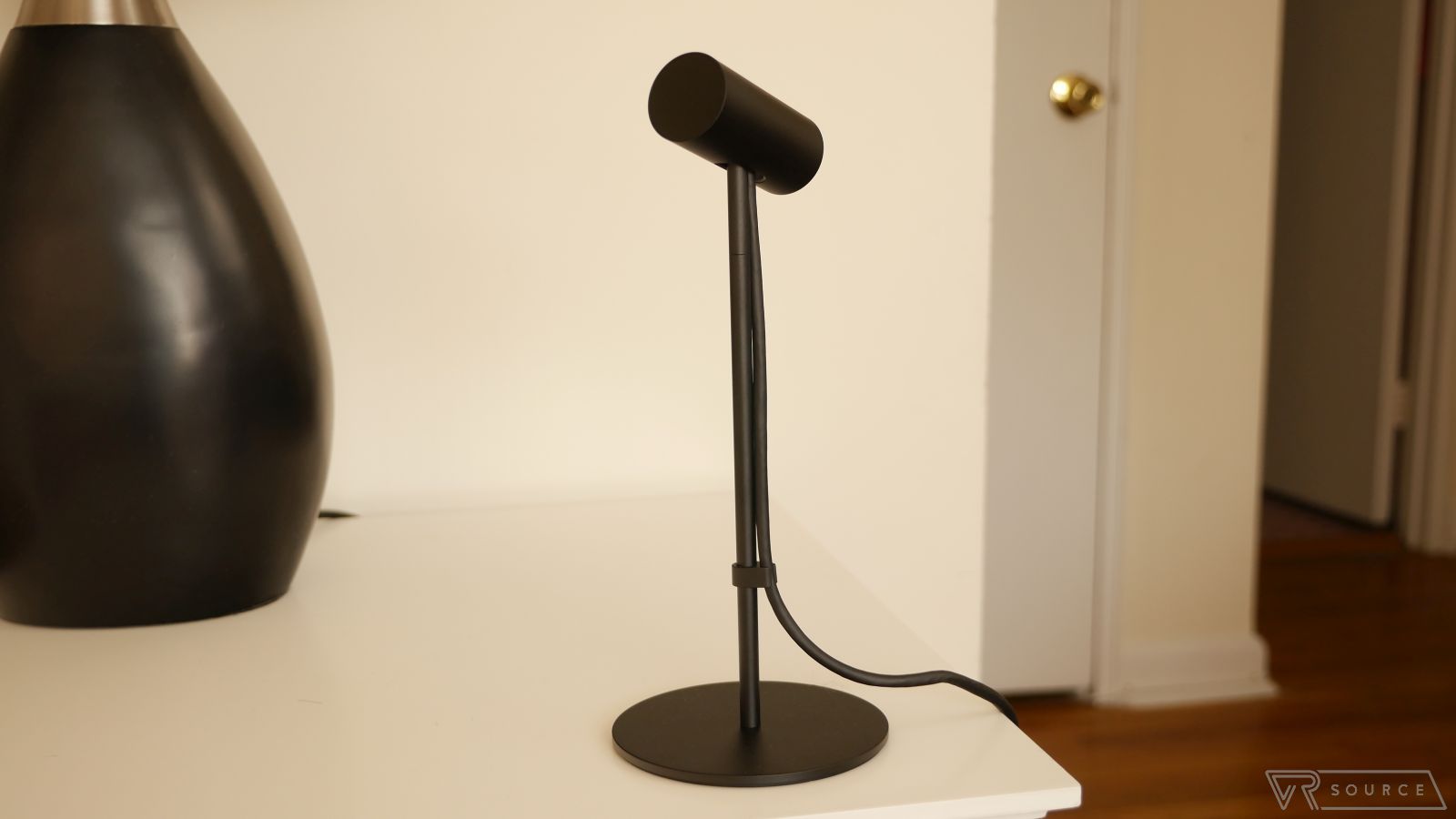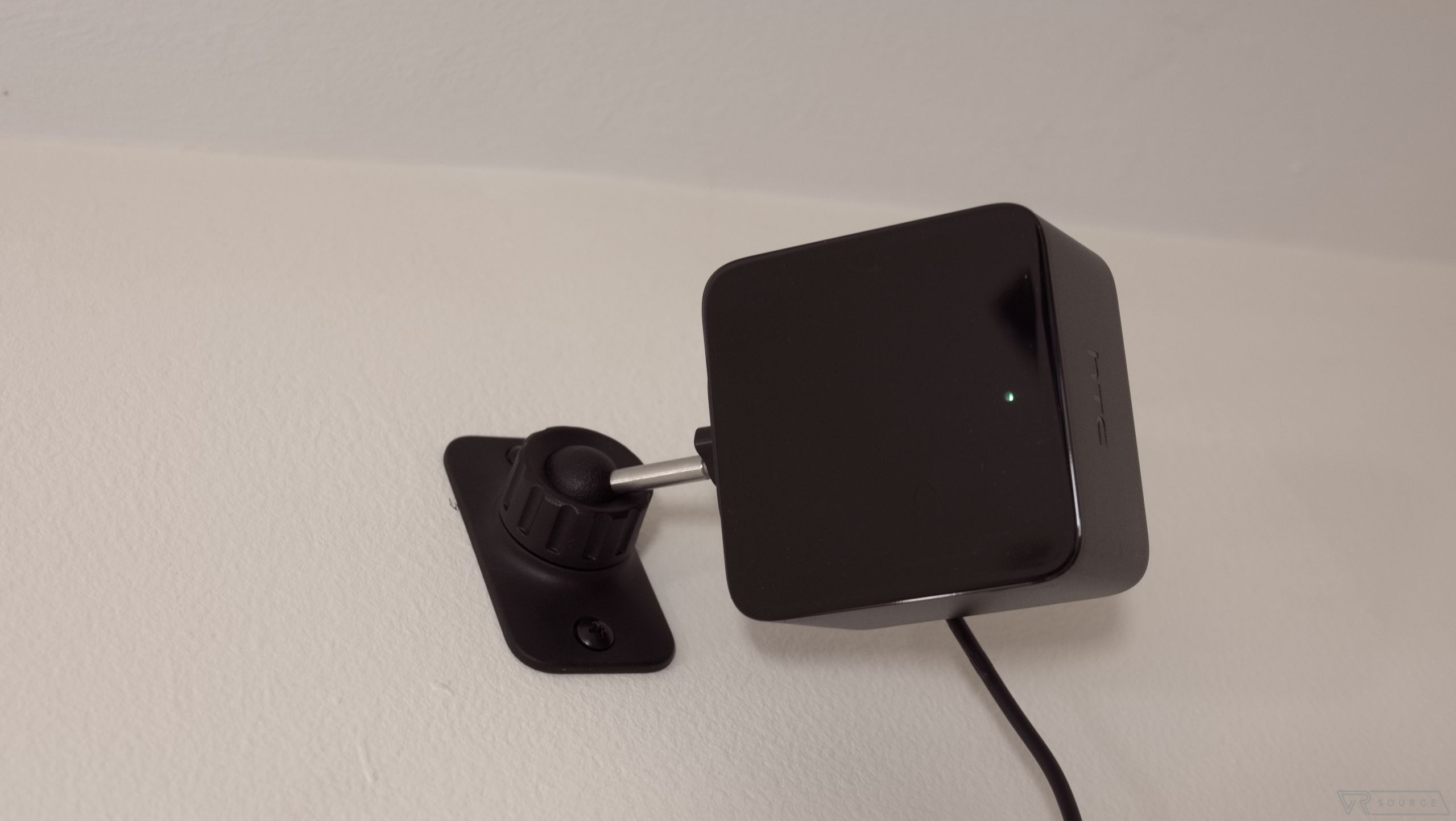Links on VR Source may earn us a commission, Learn more.
The VR wars continue to rage on, even now that the Oculus Rift and HTC Vive have been playfully competing against one another for approximately the last 5 months now. We know that a third entrant, the Playstation VR, is expected to shake things up when it launches this fall, but in the interim, the two currently available VR systems are the only high-end VR solutions that consumers can grab. While they deliver VR experiences that are vastly superior than that of current mobile VR solutions, there can only be one that reigns supreme in the landscape – more so given that it’s unlikely for most people to shell out the money to get both, due to their expensive investments.
In the last few months, we’ve been tinkering around with the two VR systems, systematically uncovering our likes and dislikes about them. Even though their implementations are different, at the end of the day, however, it’s all about which one does it better. Other factors of course will influence the outcome, but read on to find out exactly how we feel about the two when they are pitted against one another.
Table of Contents
Design
There’s a clear winner here, the Oculus Rift. And why’s that you ask? Quite simply, it’s straightforward, easy to adjust, features integrated headphones, and it feels significantly more lightweight – all of the hallmark characteristics we’d want in a VR headset. The last quality is arguably the most important, just because when you wear the HTC Vive, it’s hard to miss the heftiness that accompanies it.
And on top of that, there’s a more refined quality about the Rift, which is evident in how it looks more like a finished product, as opposed to its rival. The HTC Vive does indeed sport an industrial design that lives up to the company’s legacy, but the craters found throughout the headset will leave some folks to believe it’s still a prototype of some kind.

Another quality we find favorable on the Rift is its built-in headphones, which articulate a bit. They’re actually quite brilliant with its quality, helping to immerse us in the experience by matching the 3D tone of the VR world we’re hurled into. And you know what? It eliminates the need to attach separate ones, which is one of the qualms we have with the Vive. Sure, you can opt to use the in-ear buds that come bundled with the Vive, but we gather that over-the-ear styled ones are better for the occasion. However, it means having yet anther gnarly sized thing over our head – requiring us to remove it before proceeding to take off the headset.
Right now, the two systems are still tethered because of the cables that are connected to them – the HDMI and USB cables to be exact. With the Rift, the two are fitted through a single, slightly thicker wire that separates into the two respective connections at the end. Unfortunately for the Vive, there are actually a total of 3 wires connected in series that are coming off the headset; the two aforementioned ones, as well as a headphone jack. This setup makes the interconnected wire a pain to manage, since it’s quite stiff and it doesn’t offer us a fair degree of articulation. And due to the Vive’s whole room implementation with its VR experience, the cable becomes such a nuisance in the process.

Setup
This one is a no brainer either, mainly because there’s a few more things required for the Vive to be completely set up. In our experience setting up the two for the very first time, it took us a mere 15 minutes to finish – whereas with the Vive, it took us closer to an hour. There’s a disparity there obviously, but it make sense because there’s more pre-planning needed with the Vive. Specifically, we needed to figure out how to arrange the two base stations of the Vive, which are used for its tracking system and room configuration. Sure, the easy way would be to place them on a high ledge, say like on top of an entertainment center, but we opted to wall mount them.

Not only is the placement of the base stations something that needs to be planned, but the setup process is also made more lengthy due to mapping out the play area for the Vive. Conversely, the Rift is far more streamlined with its setup process, just because there’s only a single sensor at play here – the infrared one, which is positioned right in front of wherever you intend on using the Rift. And that’s pretty much the extent of the Rift’s setup. After a few more cables are connected to the PC, the Rift is ready for some action.

The Rift, of course, relies on just two simple controllers – the XBOX One gamepad and a mini remote. Honestly, most of the serious games for the Rift utilize the XBOX One gamepad, but there are still a few demos and experiences that makes the mini remote the preferred choice of interaction. In comparison, the Vive shows its complexity (and commitment to immersion) with the two Vive controllers that comes bundled with the package. They don’t look like any sort of controllers most people are familiar with, so they’re somewhat alien at first. Still, they’re required for the setup process, by calibrating the location of the floor in comparison to free space – in addition to mapping out the play area.
VR experience
Turning the tides, this is without a doubt where the HTC Vive truly separates itself from the Oculus Rift! When it comes to virtual reality, the Vive’s higher level of immersion is utterly unprecedented, to the point that you actually feel like you’re thrown into another world. Now, due to how it’s able to track spatial movement, whether it’s walking forward/backwards or stooping up/down, the Vive is just on a whole level of its own that the Rift can’t match.
Don’t get us wrong now, the Rift is still equipped in providing us with the same responsiveness as the Vive, but since it lacks the whole room interaction, its experience just continues to feel a bit tethered and limited. Quite frankly, its virtual reality experience will be viewed more as a static experience, due to how many of the games and demos can be experienced from the comforts of a sitting position – usually in front of your computer.
To its credit, though, the Rift can somewhat mimic the spatial movement tracking that we get with the Vive, but it’s still isolated to a limited range. Comparatively, many of the games and experiences for the Vive make it a requirement to move around within the play area. And this, of course, is what makes us feel like we’re actually transported into another world – whereas with the Rift, we know we’re still in and around our computer desk. From being able to hold onto objects and throw them using the Vive controllers, to kneeling down to steady a shot with your bow and arrow, the Vive is simply unrivaled with its VR experience.
In their current incarnations, the HTC Vive is unequivocally the VR experience worth checking out. Nevertheless, you still can’t count out the Rift either, just because there’s something looming on the horizon that’s promising. All eyes are going to be on those Oculus Touch controllers, which certainly adds a whole new element to the Rift’s VR experience. We’ve experienced them in a handful of demos during E3 2016, proving that there are still some tantalizing interactions it’ll achieve, even though it won’t get that whole room tracking experience.

The content and games
Between the two, we found the Oculus Rift’s library to be a bit more diverse at the beginning when the two systems were launched. Over time, however, the Vive’s library has grown to include some killer titles that showcases how developers are harnessing the VR potential of the Vive. Naturally, there are titles that are available on both platforms, and in these instances, they pretty much mimic each other with their VR experiences – mostly delivering a sit down and look around kind of immersion.
Looking beyond these shared titles, the HTC’s selection of exclusives by far deliver a VR experience that’s significantly more captivating. Part of this is due to how movement is cleverly implemented in the games, like being forced to search for a piece by actually walking around an object to the other side. In comparison, you can’t just physically “walk around” an object using the Rift. Instead, you normally use the XBOX One controller to “walk” there and then look around using the headset to find that missing piece.
Right now, the two systems are pretty much on par to one another with their catalogs. There’s honestly not one system we feel that offers more exclusives than the other. And in looking to what’s on tap for the future, several titles are being developed simultaneously to support the two VR platforms. Yes, there might be tweaks in certain ones to be more accommodating to their respective experiences, but there’s just no way the Rift is going to ever achieve the same level of the Vive without making some serious changes to its formula — such as adding more sensors to provide Vive’s level of room scale, and beyond.

The Price wars & final thoughts
Pricing is always a determining factor for most people, especially when they have a tight budget. Respectively, the Oculus Rift and HTC Vive are selling for $600 and $800 – so that’s a modest $200 difference between the two systems. And that’s not including the cost of a PC rig that’s capable of handling them, which would be at the very least an additional $500 cost. All told, we’re looking at $1,000+ to jump right into virtual reality.
Indeed they’re expensive, but we still have to take a closer look at that $200 difference. Given their high costs to begin with, the $200 you’d spend additionally to get the Vive over the Rift is something that we feel is validated by the Vive’s deeper VR experience. When we think about it, the Rift is that “one small step” over what we’ve been seeing with mobile VR, but the Vive is what we feel to be that “giant leap.”
Sure, we’ll see some cool additions, accessories, and enhanced experiences that could potentially bridge the gap for the Rift, but at its current state, your hard earned money is better spent on the Vive. This is even more the case when you realize these added Rift accessories could bring the Rift/Vive investment gap even closer.
Which platform do you prefer, and why? Let us know your thoughts down in the comments.
